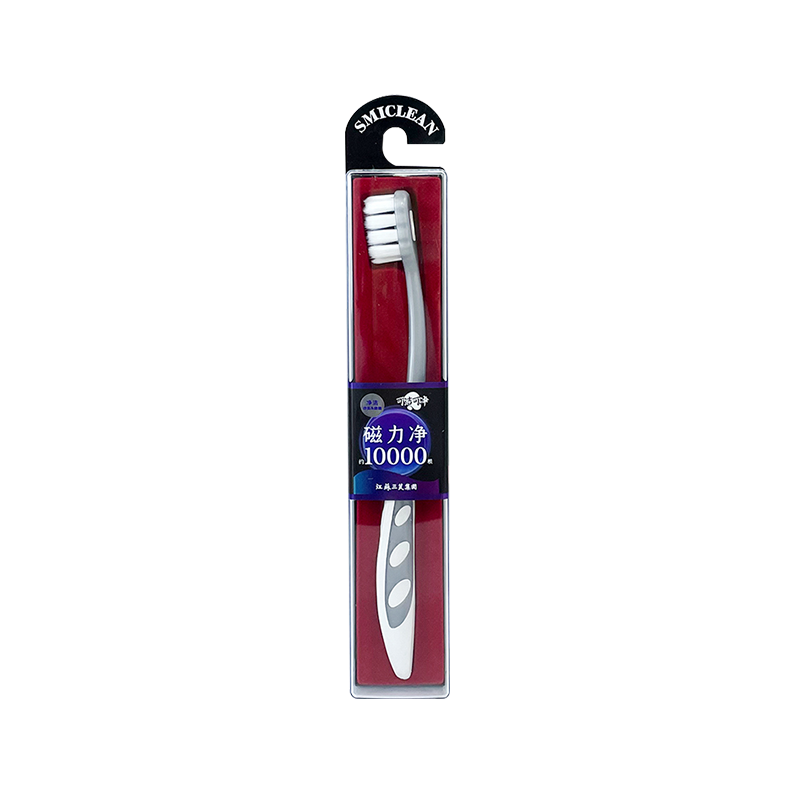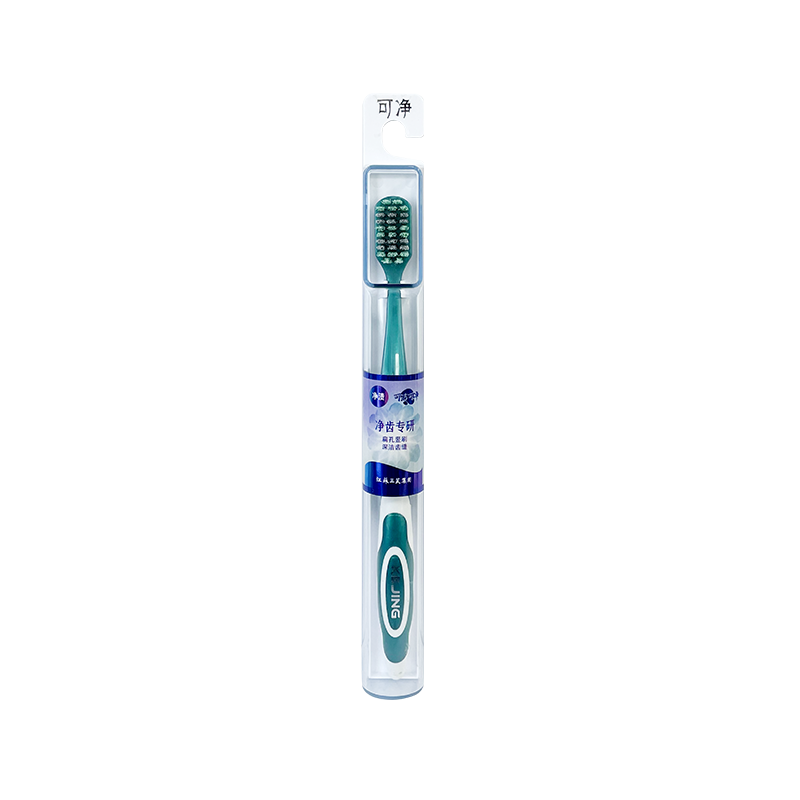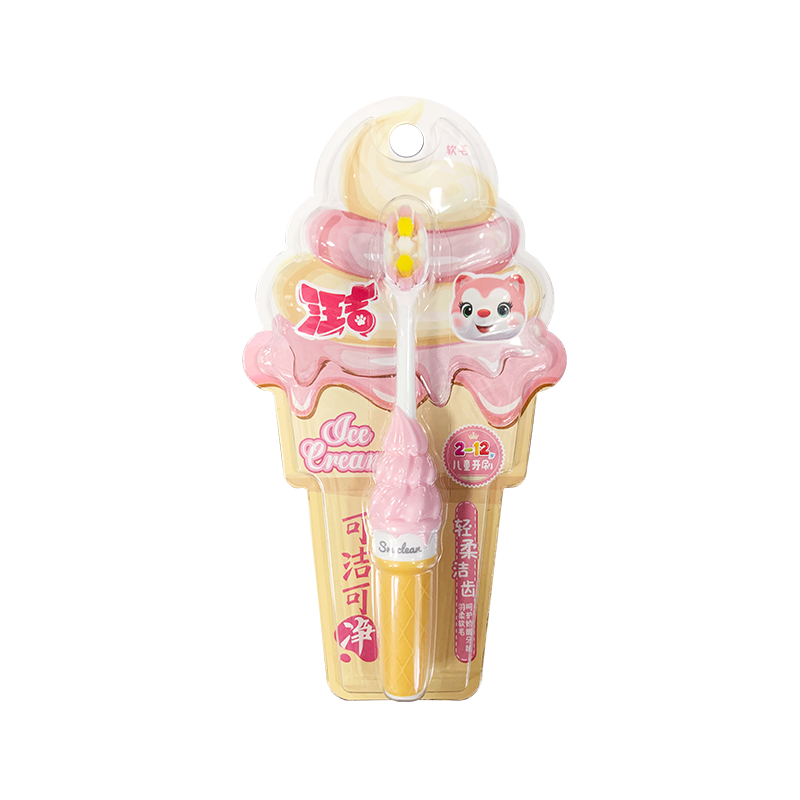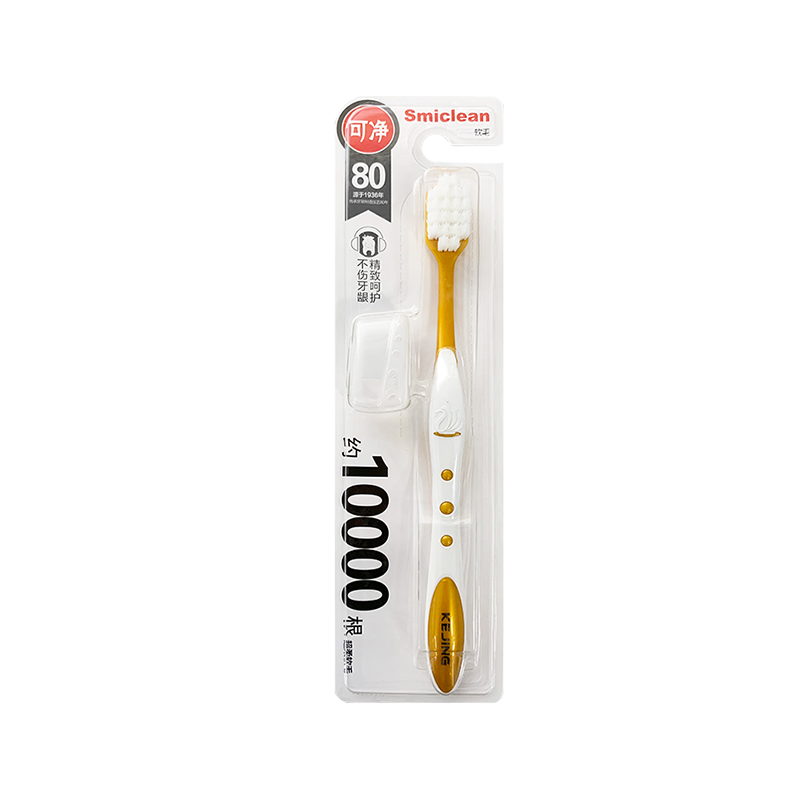How Compact and Portable Should a Travel Toothbrush Be for Frequent Travelers?
In today’s fast-paced world, frequent travelers—from business professionals to adventurers—need products that are not only functional but also convenient and portable. Oral hygiene is a key component of personal care that often gets overlooked during travel. This is where travel toothbrushes come into play. Unlike standard toothbrushes, travel toothbrushes are designed to be compact, lightweight, and easy to carry without compromising their cleaning performance.
This article explores how compact and portable a travel toothbrush should be for frequent travelers, considering design, materials, hygiene, convenience, and usability, along with practical recommendations for selecting the ideal travel toothbrush.
Why Portability Matters for Frequent Travelers
Traveling often involves juggling luggage, navigating airports, or staying in places with limited space. Traditional toothbrushes, while effective at home, are not always practical when on the move. Key reasons portability is crucial include:
-
Ease of Packing
A bulky toothbrush can occupy unnecessary space in a carry-on, backpack, or luggage. Compact designs allow travelers to maximize packing efficiency, especially for longer trips. -
Convenience for On-the-Go Use
Frequent travelers may brush their teeth in unconventional settings such as airports, train stations, or hotel rooms with limited countertop space. A portable toothbrush is easier to handle and store temporarily. -
Compliance with Travel Regulations
Airline carry-on regulations often restrict large or sharp items. Compact toothbrushes, especially foldable or electric travel models, comply more easily with these rules. -
Reducing the Risk of Damage
Standard toothbrushes can become bent, dirty, or contaminated in luggage. Travel toothbrushes are typically designed to protect bristles with caps, folding mechanisms, or travel cases.
Ideal Size and Design Considerations
1. Length and Foldability
For frequent travelers, a toothbrush should ideally be shorter than standard models, usually around 5–6 inches when folded or collapsed. Foldable travel toothbrushes are particularly advantageous, as they can be extended to normal size for brushing and collapsed for storage.
-
Advantages of Foldable Design:
- Protects bristles from deformation.
- Reduces packing volume.
- Can be stored in a small toiletry bag or pocket.
-
Considerations:
- The hinge or folding mechanism should be durable and resistant to repeated use.
- Avoid overly small toothbrush heads that compromise cleaning effectiveness.
2. Weight
Lightweight toothbrushes are ideal for travelers carrying multiple items. A travel toothbrush should weigh less than 50 grams to avoid adding unnecessary weight to a travel bag. Lightweight materials such as BPA-free plastic or silicone help achieve this goal without sacrificing durability.
3. Handle Design
Ergonomics are crucial. A compact toothbrush should still allow a firm, comfortable grip. Non-slip handles or textured grips ensure control while brushing, especially when the toothbrush is smaller than regular models.
4. Bristle Size and Configuration
While compactness is essential, cleaning performance must not be compromised. Travel toothbrushes should ideally feature:
- Soft to medium bristles for gentle but effective cleaning.
- Angled bristles or multi-level designs to reach molars and other difficult areas.
- Protective covers or retractable bristles to maintain hygiene and shape during transit.
Materials and Hygiene
Frequent travelers need toothbrushes that withstand repeated exposure to moisture, heat, and occasional rough handling. Common materials for travel toothbrushes include:
-
BPA-Free Plastic
Lightweight, durable, and cost-effective. Resistant to water and easy to clean. -
Silicone Handles
Soft, flexible, and provides a non-slip grip. Some silicone travel toothbrushes also feature foldable or collapsible designs. -
Nylon Bristles
Standard for most toothbrushes, resistant to fraying and effective in plaque removal. -
Protective Cases or Caps
Travel toothbrushes often come with hard-shell cases or caps that prevent contamination in bags. These cases also allow the toothbrush to stand upright for better drying.
Hygiene Tips for Frequent Travelers:
- Always allow the toothbrush to air dry after use.
- Clean the protective case regularly.
- Replace toothbrushes every 3–4 months, or sooner if the bristles wear out.

Types of Travel Toothbrushes
1. Manual Compact Toothbrushes
- Small, lightweight, foldable or collapsible.
- No batteries or charging required.
- Affordable and highly portable.
Pros: Simple, durable, low maintenance.
Cons: May require more effort to achieve thorough cleaning compared to electric options.
2. Electric Travel Toothbrushes
- Rechargeable or battery-operated with small, detachable brush heads.
- Often foldable or feature travel-size handles.
- Many models include a travel case for hygiene and protection.
Pros: Superior cleaning efficiency and consistent brushing motion.
Cons: Slightly heavier, requires charging or spare batteries, usually more expensive.
3. Foldable or Collapsible Toothbrushes
- Mechanical folding mechanism reduces length by half or more.
- May combine features of manual or electric models.
- Very easy to store in a toiletry kit.
Pros: Extremely compact, protects bristles, ideal for short trips or carry-on packing.
Cons: Folding mechanism may wear over time, sometimes less sturdy than fixed-handle models.
Practical Recommendations for Frequent Travelers
-
Choose a Foldable Design
Foldable toothbrushes provide the best balance between portability and usability. They protect bristles, minimize space usage, and often come with hygienic cases. -
Consider Electric Models for Longer Trips
If maintaining optimal oral health is critical, compact electric travel toothbrushes offer superior plaque removal and gentle gum care. -
Check Bristle Quality
Soft or medium bristles are preferable. Avoid extremely stiff bristles, especially in compact models, as they may be less effective in tight areas. -
Prioritize Lightweight Materials
BPA-free plastic and silicone handles keep the toothbrush light, reducing luggage weight without sacrificing durability. -
Use a Protective Case
Cases prevent dirt and bacteria from contaminating the bristles. Some travel cases also allow toothbrushes to stand upright, promoting drying and hygiene. -
Maintain Cleanliness
Always rinse and dry toothbrushes after use. Clean the case regularly, especially during multi-day trips.
How Compact is Too Compact?
While portability is essential, extreme miniaturization may compromise brushing effectiveness. Toothbrush heads should not be smaller than 0.75 inches (2 cm) wide, and handles should still allow a secure grip. A balance between compactness and functionality ensures proper oral hygiene while maintaining travel convenience.
- Ideal Folded Length: 5–6 inches (12–15 cm)
- Ideal Weight: <50 grams
- Bristle Width: 0.75–1 inch (2–2.5 cm)
Additional Features for Frequent Travelers
-
Retractable or Covered Bristles
Protects bristles during storage and prevents contamination. -
Water-Resistant Handles
Ensures the toothbrush remains functional even in humid environments like bathrooms or outdoors. -
Replaceable Brush Heads
Especially for electric travel toothbrushes, replaceable heads reduce waste and increase hygiene. -
Compact Storage Bags
Some travel toothbrushes come with integrated travel bags for storing toothpaste, floss, and the toothbrush itself, making them all-in-one solutions.
Conclusion
For frequent travelers, the ideal travel toothbrush must strike a balance between compactness, portability, and effectiveness. A toothbrush that is too bulky compromises packing convenience, while one that is too small may reduce brushing efficiency. Key considerations include:
- Foldable or collapsible design for space-saving.
- Lightweight materials such as BPA-free plastic or silicone.
- Protective cases to maintain hygiene.
- Soft to medium bristles for optimal cleaning.
- Suitable for both manual and electric versions depending on travel needs.
By choosing a travel toothbrush that meets these criteria, travelers can maintain oral hygiene effectively, conveniently, and safely, no matter where their journeys take them. A compact, portable, and well-designed toothbrush is no longer a luxury—it is an essential tool for anyone who travels frequently and wants to prioritize health and convenience.
 English
English русский
русский Español
Español




